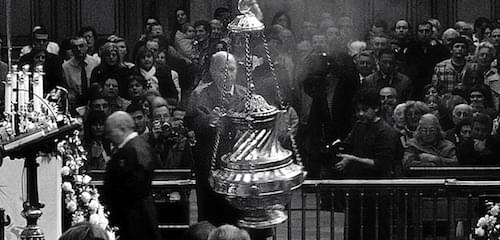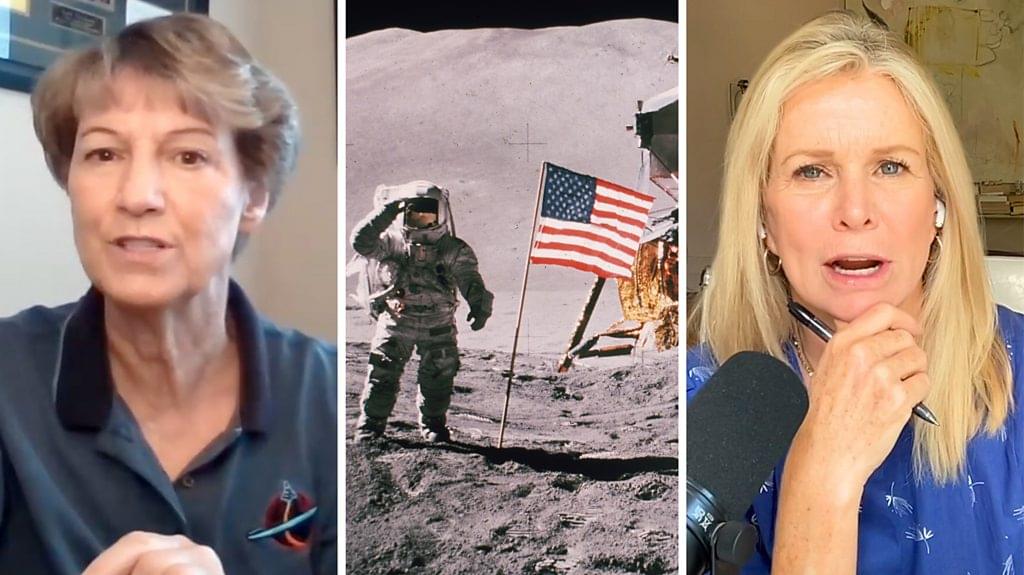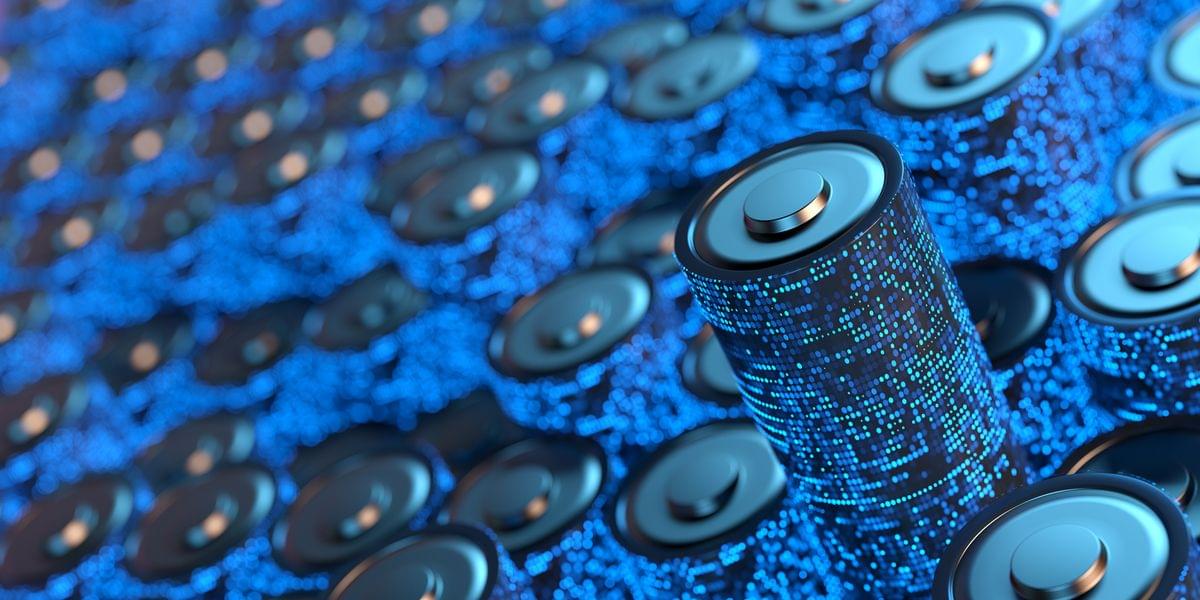Recognizing that space is now an integral component of present-day society, the Royal Society (the U.K. academy of sciences) has recently completed a report that explores the potential implications of space activities by 2075, aiming to stimulate discussion without predicting specific outcomes. It highlights the transformative impact of space exploration on industry, society and culture, comparable to the Industrial and Digital Revolutions. The goal is to prepare governments, regulators and society in general for the opportunities and risks space presents — it does not attempt to predict the future (that would indeed be unwise!) or to recommend a particular course of action, but rather to present the direction of travel and where that might lead.
Historically, humanity has progressively expanded from land to sea, air and now into outer space.






